By Christopher Miskimon
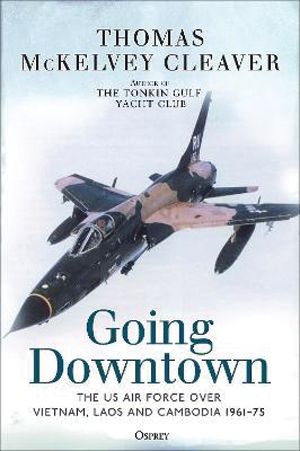 U.S. Air Force involvement in Vietnam began with the training of Vietnamese pilots to operate over the Ho Chi Minh Trail through Laos and Cambodia. It ended officially in 1972 after the bombing of Hanoi by B-52 bomber fleets. Unofficially, American pilots kept flying missions over the trail until the final end of the Vietnam War in 1975. Along the way there were major operations, such as Rolling Thunder and Linebacker I and II. Within them were countless small missions against bridges, radar installations, and missile defense sites, as well as rescue operations to extract downed pilots and aerial combat with MiG interceptors.
U.S. Air Force involvement in Vietnam began with the training of Vietnamese pilots to operate over the Ho Chi Minh Trail through Laos and Cambodia. It ended officially in 1972 after the bombing of Hanoi by B-52 bomber fleets. Unofficially, American pilots kept flying missions over the trail until the final end of the Vietnam War in 1975. Along the way there were major operations, such as Rolling Thunder and Linebacker I and II. Within them were countless small missions against bridges, radar installations, and missile defense sites, as well as rescue operations to extract downed pilots and aerial combat with MiG interceptors.
The Air Force had to develop new weapons, such as air-to-air missiles and anti-radiation missiles to knock out radar sites. While fighting in the skies over South Vietnam involved close air support, fighting in the skies over North Vietnam meant going up against a sophisticated Sovietsupplied air defense network. The Air Force enjoyed considerable success, but at a substantial cost in lives and aircraft.
As an overview of the air war over Vietnam, this book is comprehensive, detailed, and well written. It contains many personal accounts and previously unpublished material. The author has written many books about aerial combat in World War II, Korea, and Vietnam, and this latest book is a worthy addition to his body of work.
Going Downtown: The U.S. Air Force Over Vietnam, Laos and Cambodia, 1961-75 (Thomas McKelvey Cleaver, Osprey Books, Oxford UK, 2022, 352 pp., maps, photographs, notes, bibliography, index, $30.00, hardcover)
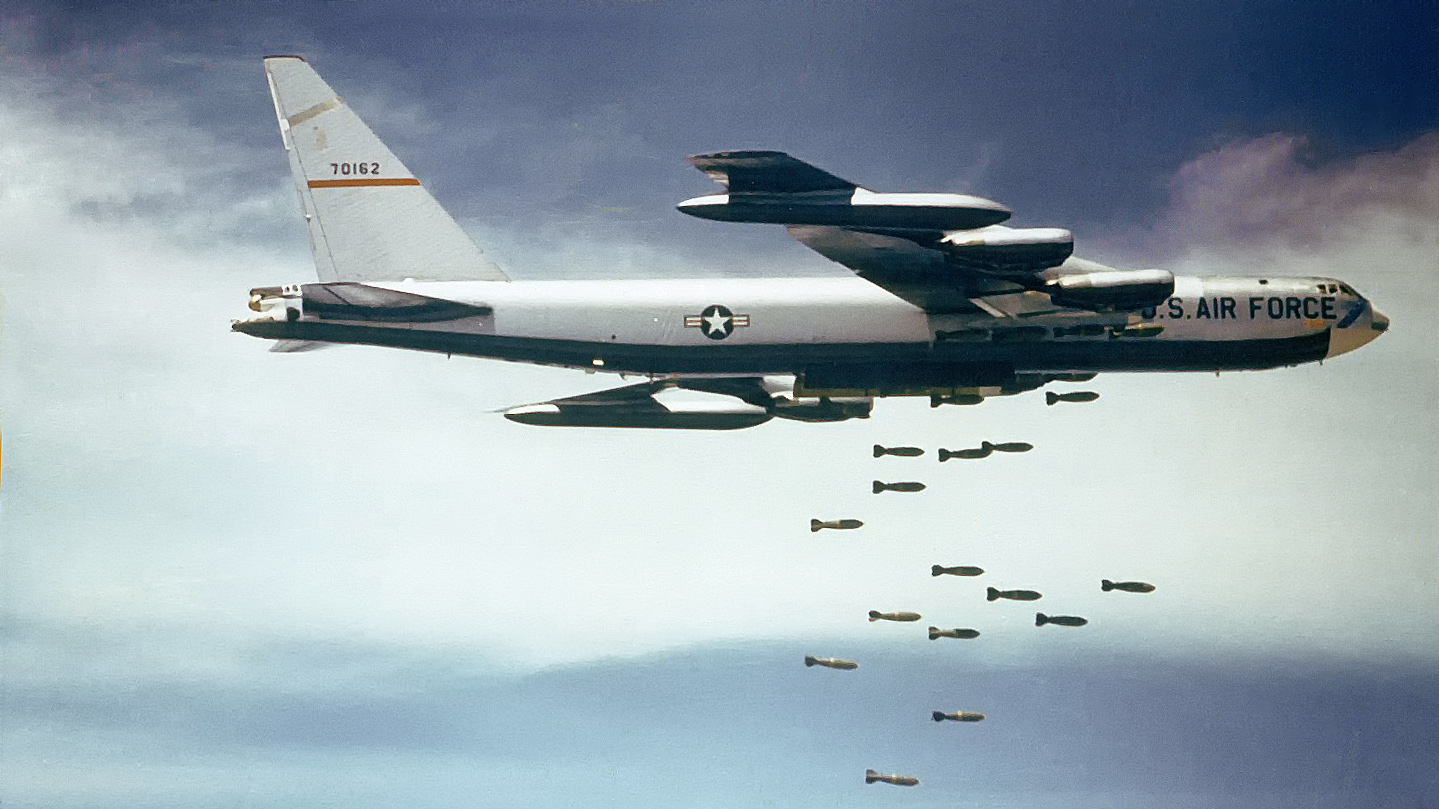
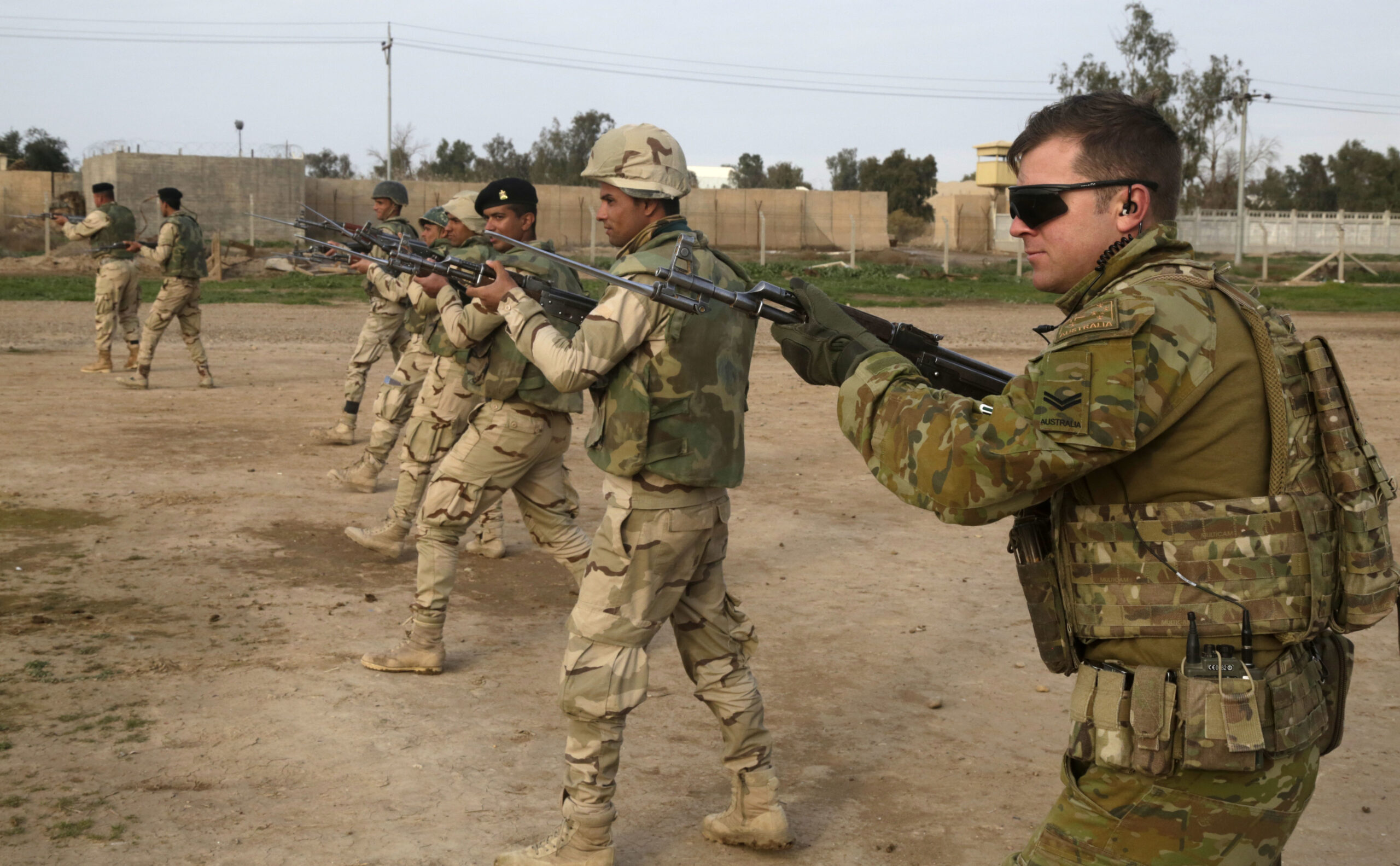
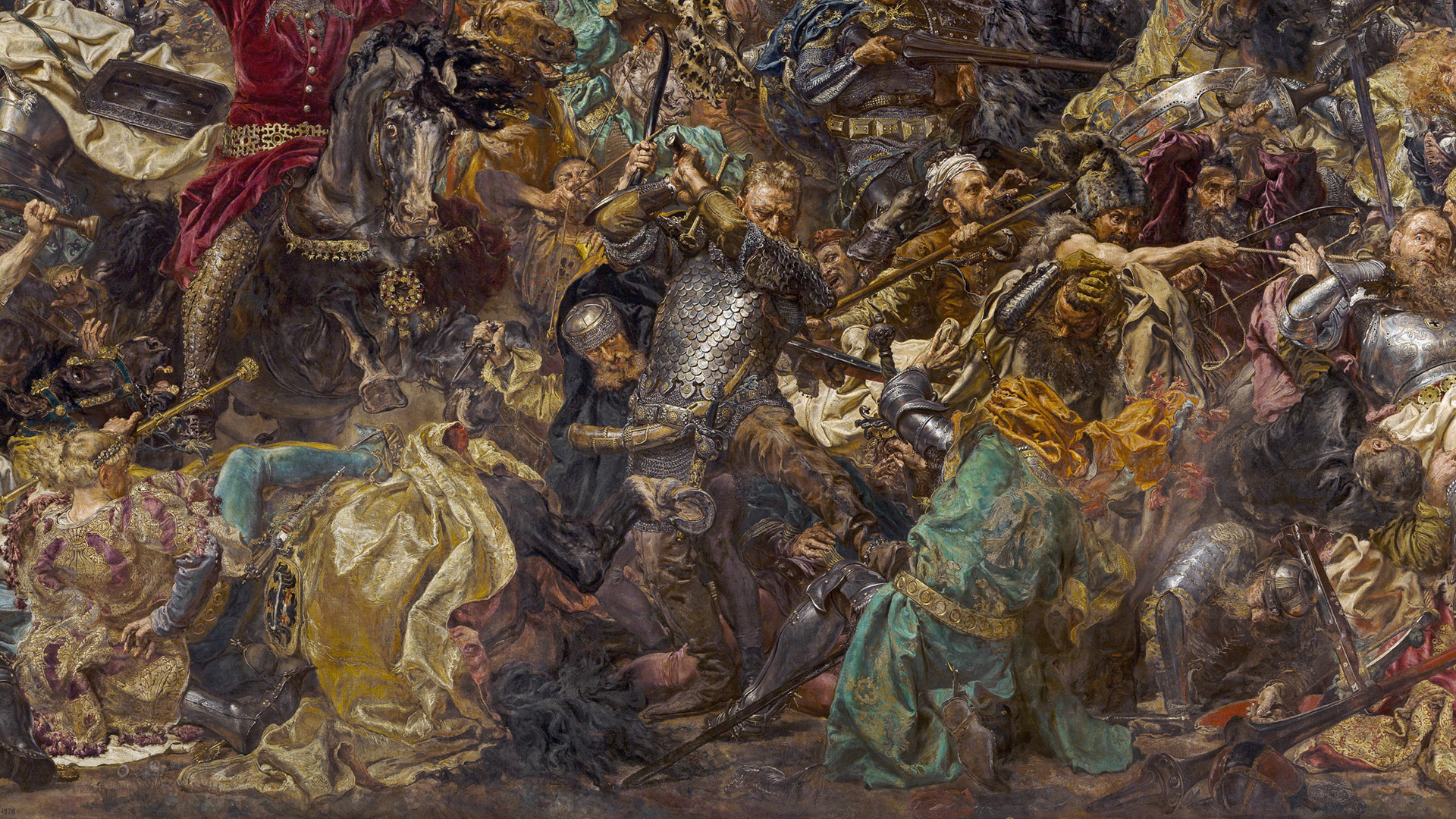
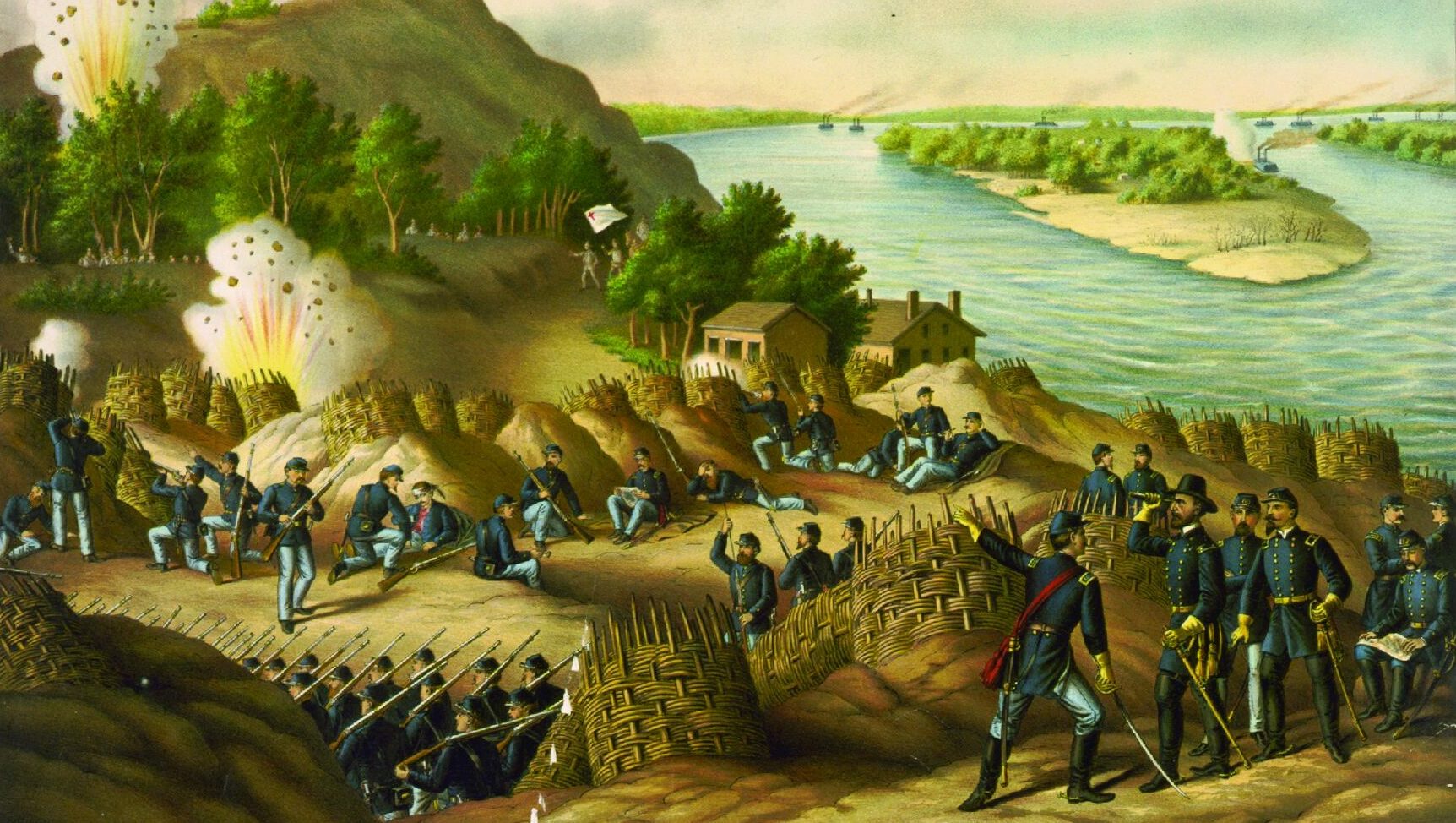
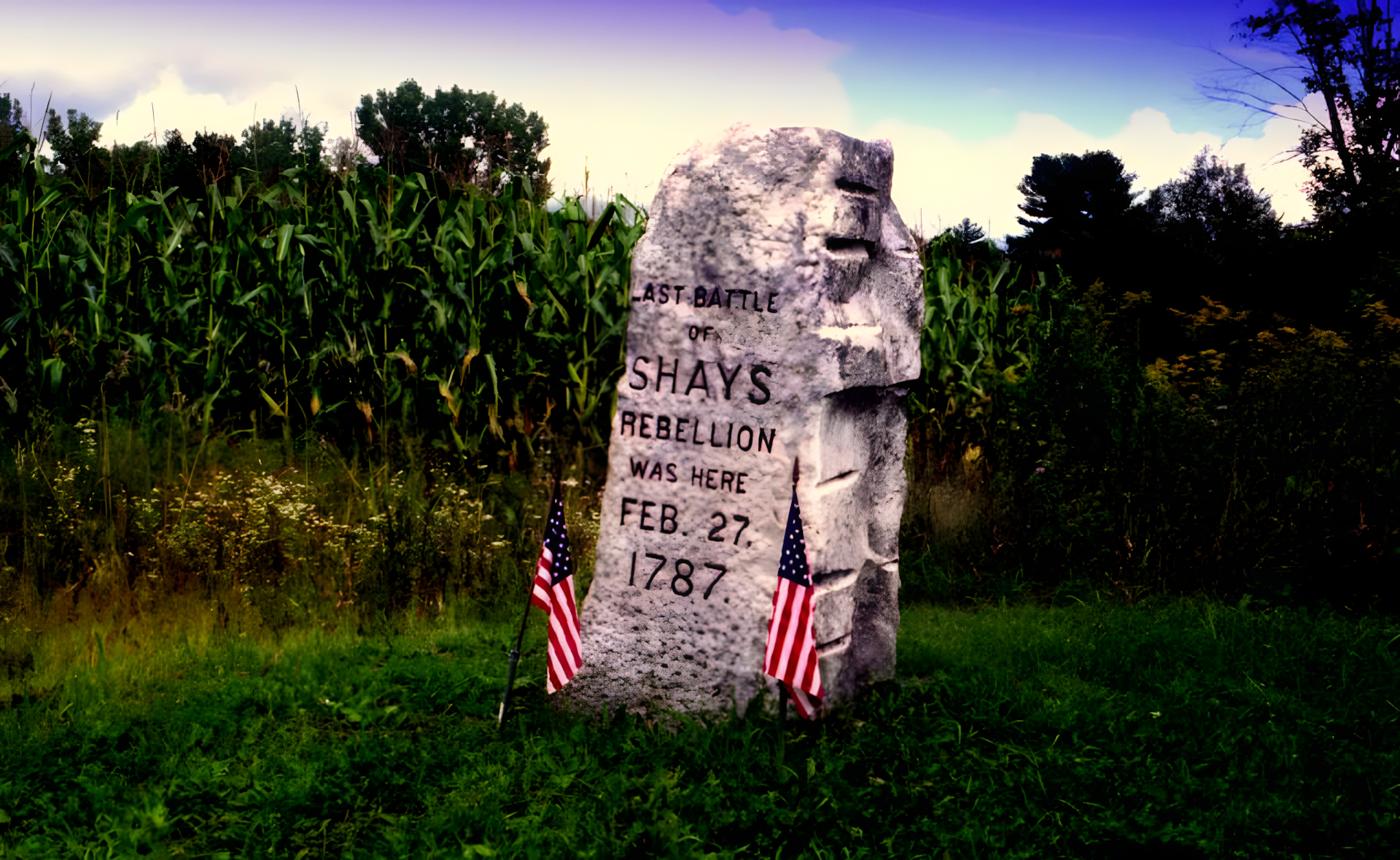
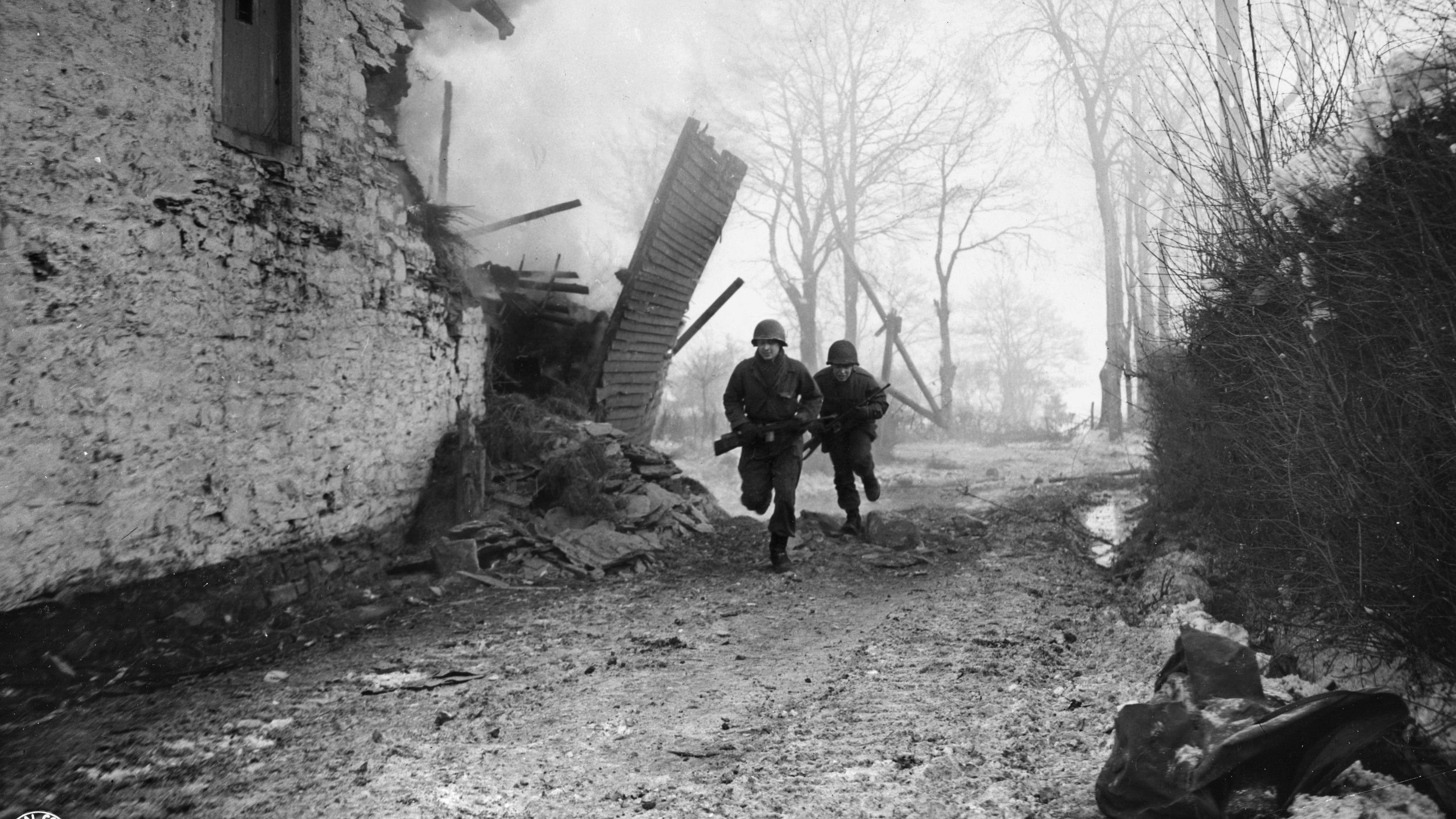
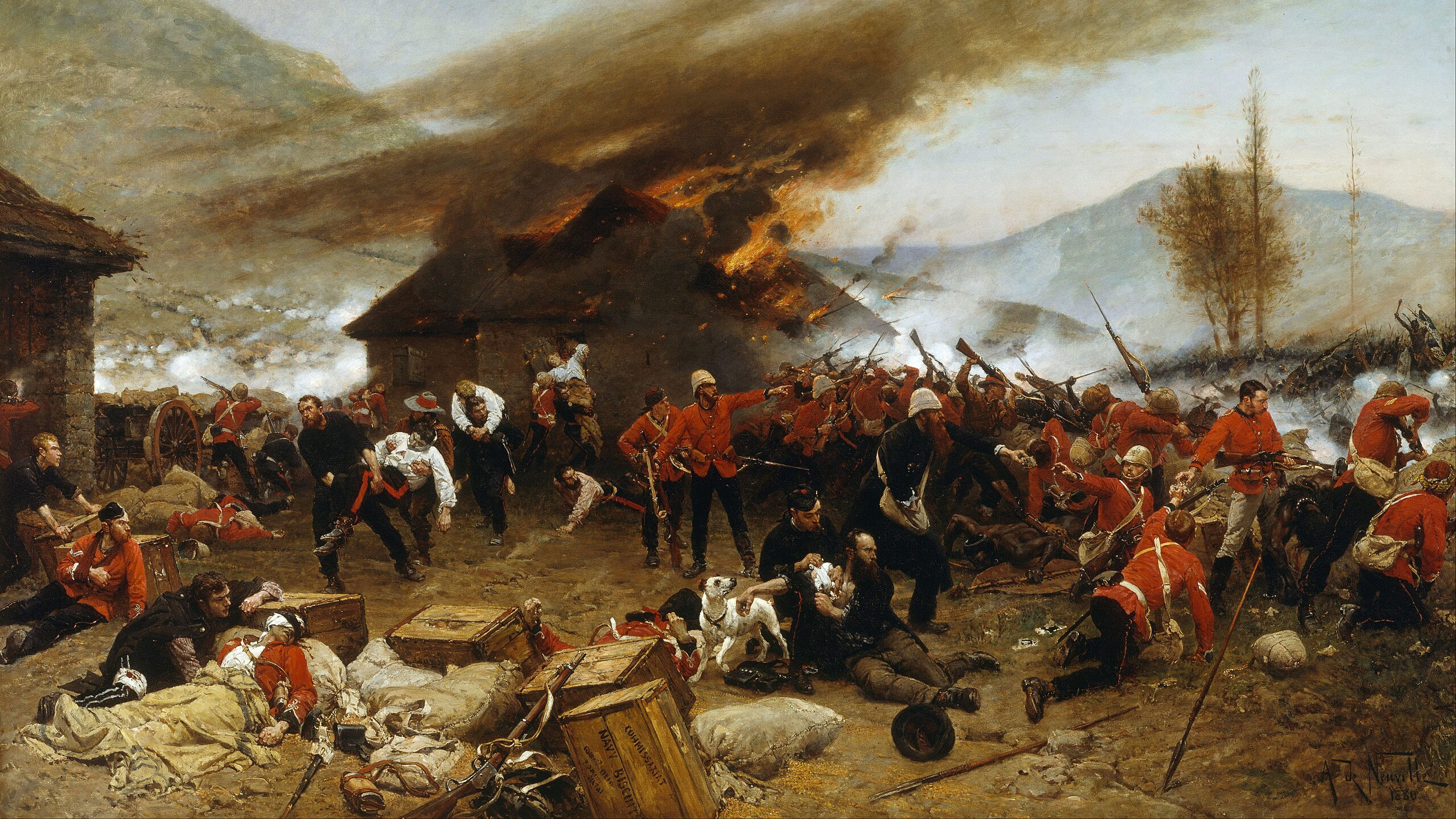
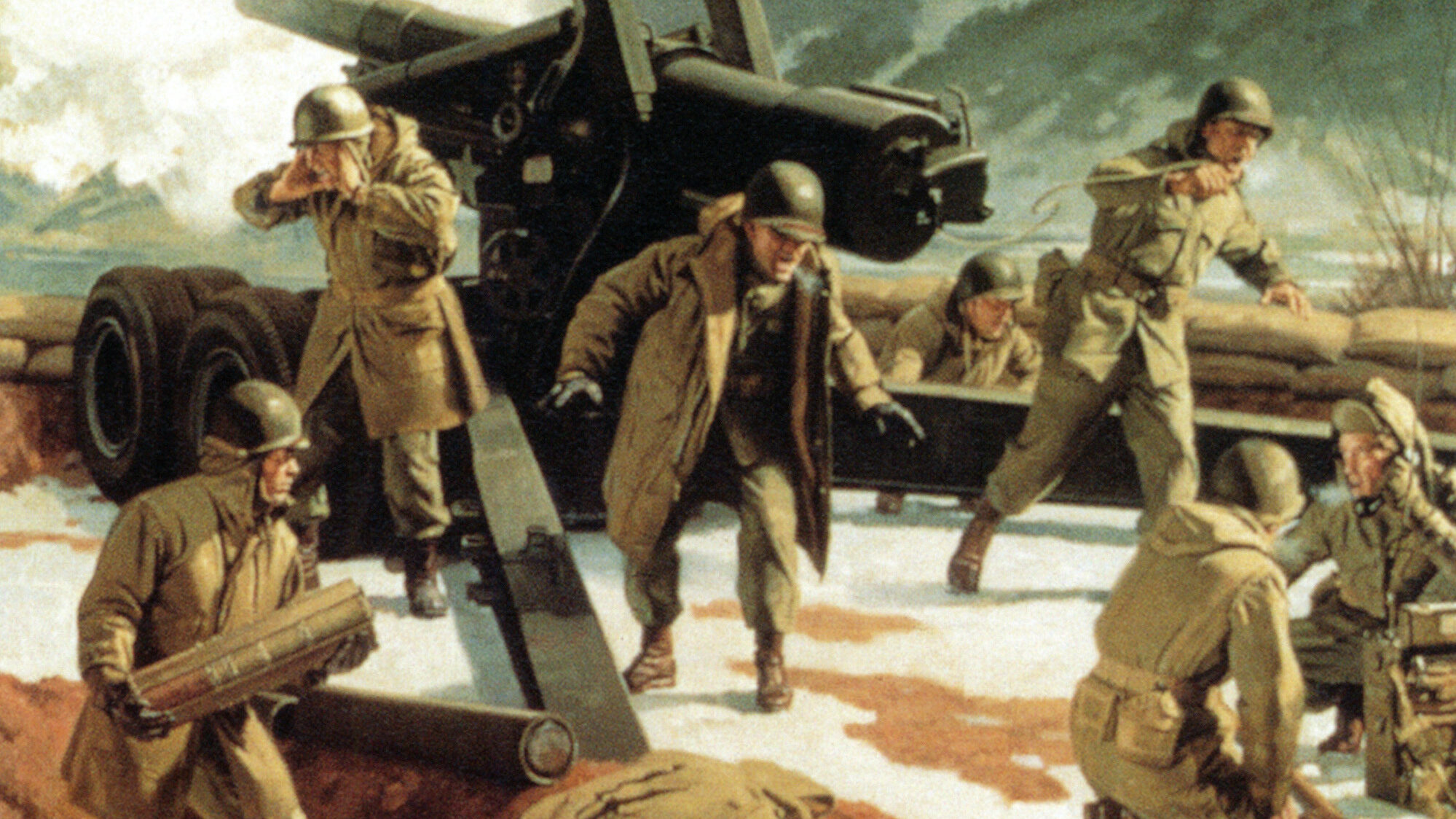

Join The Conversation
Comments
View All Comments